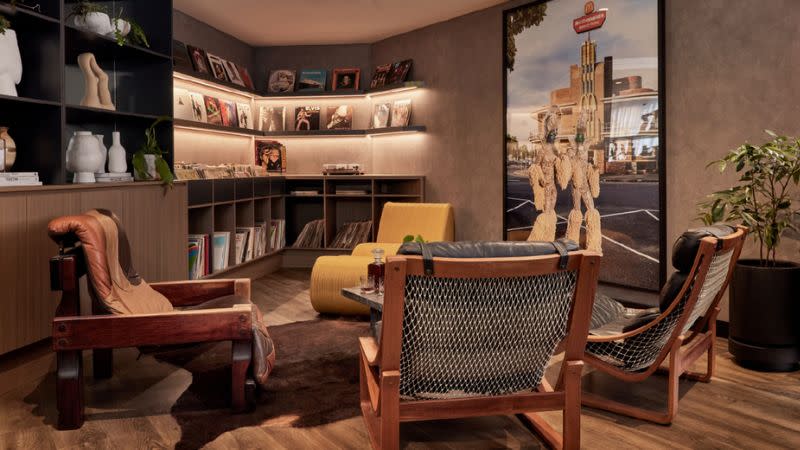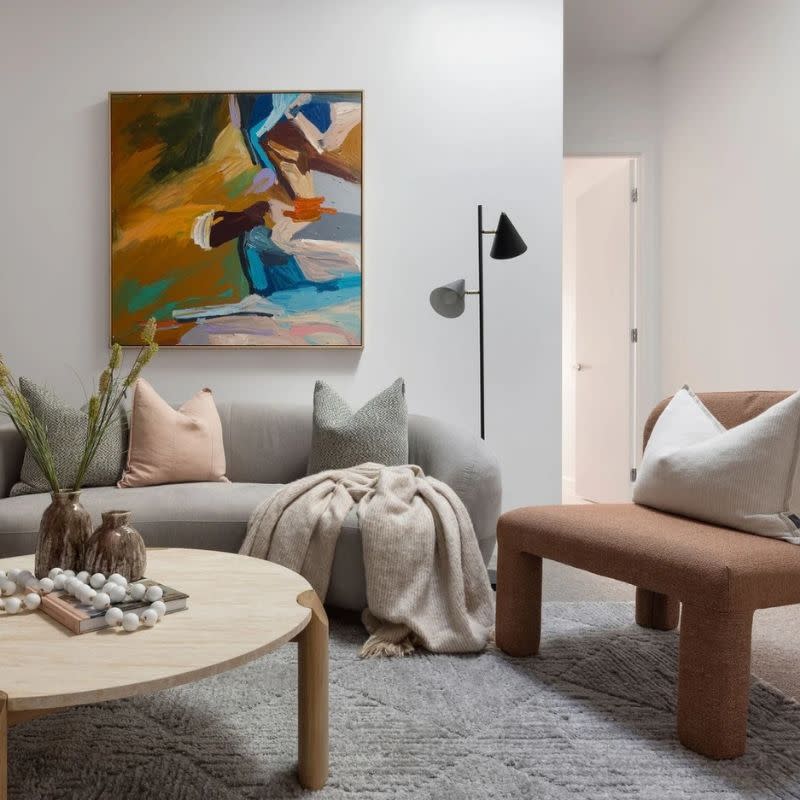
It’s no secret that diversified living typologies including build-to-rent and co-living are continuing to claim a greater market share.
But with their ascension comes changing demand for furnished apartments and changing aesthetics to attract a new kind of tenant.
At a roundtable session hosted by The Urban Developer and B-Corp Certified furniture supplier Valiant Furniture at Urbanity-25 on the Gold Coast last month, representatives from Salta Properties, Lewis Land, Time & Place and Gallery Group gathered to discuss these shifting demands.
Salta Properties development manager Megan McCormick said the developer was learning fast with its Fitzroy & Co. development in Melbourne, the first under its Est build-to-rent brand.
“We don’t want to just design spaces that look great; they also need to be functional for residents as well and a lot of the personality [at Fitzroy & Co.] has really been inspired by locals,” McCormick said.
“We really wanted to bring the local community into the building.

“We’ve done that through the furniture curation, with local design and furniture designers, and a lot of personality through the local artwork, supporting up-and-coming and established artists, and that’s been really well received in the community.”
Aesthetics, from colour choices to furniture, had been carefully considered to fit the character of the Fitzroy neighbourhood as well as the demands of the build-to-rent customer, she said.
“The story of Fitzroy is one of new versus old ... so, we didn’t want everything to be shining new—there’s a combination of vintage furniture as well. Every piece has a story.
“You just resonate with that demographic pool, and there was a lot of detail and research that went into who our demographic is, but it’s also a bit of guesswork as to what that’s going to be.”
It was also essential to consider the new demographic going into build-to-rent properties, one that expected pre-furnished apartments, which was less common in Australia but more the norm in the likes of the UK, McCormick said.

“Twenty-six of 94 apartments were furnished and they were all taken up really quickly ... the furnished apartments had a higher uptake,” McCormick said.
“We were looking to finish more apartments when the demand was coming but we couldn’t do it at the speed that we needed because of the turnaround times.”
And it’s the same for suburbs traditionally associated with a specific demographic and where developers are looking for new customers.
Lewis Land Group head of development Michael Long said the first stage of its Harbour Shores in Queensland’s Biggera Waters was 50 per cent sold.
He said they had realised the need to pivot their strategy to meet a gap.
“[We realised we needed to give it] branding to hit the younger market,” Long said.
“So now it’s very colorful, and we’re bringing in one-bedders trying to get some price points to attract younger people.”

Valiant national interiors manager Clara Hinch said that interior design trends in Australia were accelerating at pace as global design trends shift, and developers tried new typologies.
“We’re getting ahead of Milan now, which is really exciting ... we’re bringing crazy colours in in the next dropping of our furniture, and we have a creative team looking overseas at what’s coming, and getting the manufacturing process to catch up so we’re ahead.”
Being nimble is also key to keeping up with design demands and trends, especially as developers get more savvy with supplying furnished apartments to their buyers and want something more bespoke.
“Because one of our biggest struggles in the furniture industry is the turnaround time. We will get two or maybe three weeks’ notice to turn around something,” Hinch said.
“But we have a huge operational division. We’ve got more trucks on the road, more teams on the road, huge warehousing in all three states as well.”